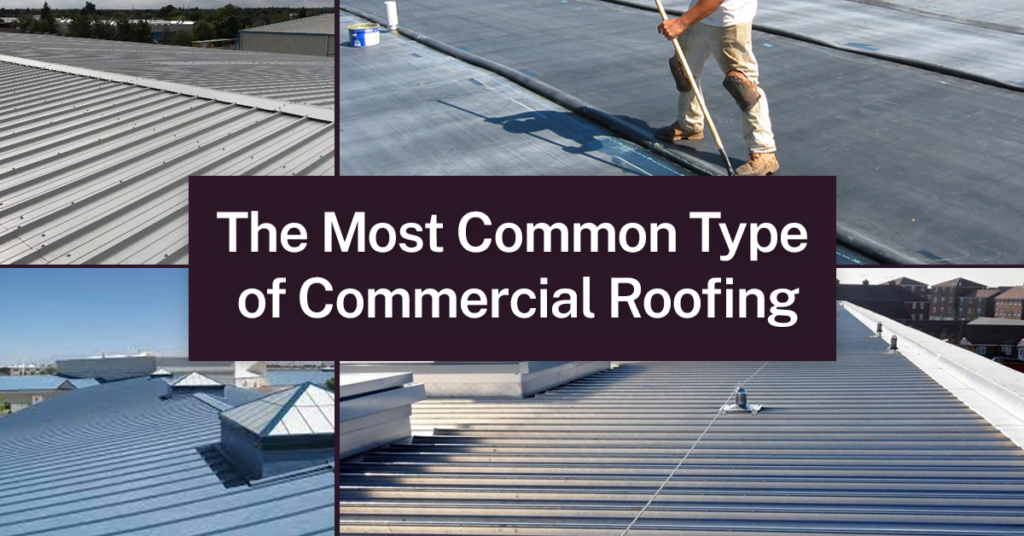- May 24, 2023
- Posted by: Adam
- Category: Uncategorized

When we build big buildings, we need to make sure the roof is strong and looks good. This is called commercial roofing. One popular type of commercial roofing is single-ply membrane roofing. It’s made of a strong material that protects the inside of the building from bad weather, and it looks nice too. In this article, we’ll learn more about this type of roofing, including its good and bad points and the different types available.
Features of Single-Ply Membrane Roofing Systems:
Single-ply membrane roofing systems are made of only one layer of material that is placed on the roof. Moreover, the materials used are usually PVC, TPO, or EPDM, which are all synthetic materials. They are flexible, light, and easy to install, which is why they are popular on commercial roofs.
Advantages of Single-Ply Membrane Roofing Systems:
One of the primary advantages of single-ply membrane roofing systems is their cost-effectiveness. They are relatively cheaper to install and take care of, making them a practical option for businesses looking to save on roofing costs. They are also highly durable and long-lasting, with an average lifespan of 20-30 years, and can withstand brutal weather conditions, such as extreme temperatures and high winds. Additionally, single-ply membrane roofing systems are environmentally friendly, as one can not only recycle them but also reuse them.
Types of Single-Ply Membrane Roofing Systems:
There are different types of single-ply membrane roofing systems, and each has its own benefits. PVC roofs are good at resisting fires, chemicals, and oils. TPO roofs reflect sunlight, which can help save energy and reduce cooling costs. EPDM roofs are very flexible and can withstand UV rays and sudden changes in temperature.
Drawbacks of Single-Ply Membrane Roofing Systems:
One of the primary drawbacks of single-ply membrane roofing systems is their vulnerability to punctures and tears. Sharp objects like tree branches or tools can easily damage them. This can make them less effective at keeping buildings dry. Thus, they may also not be the best choice for buildings with lots of people walking on the roof or heavy equipment moving around, as this can wear out the membrane over time.
Ending Remarks
Ultimately, single-ply membrane roofing is a popular choice for commercial buildings because it’s affordable, long-lasting, and easy to install. By learning about the different types of membranes and their benefits, building owners and contractors can pick the right roofing system for their commercial properties.
